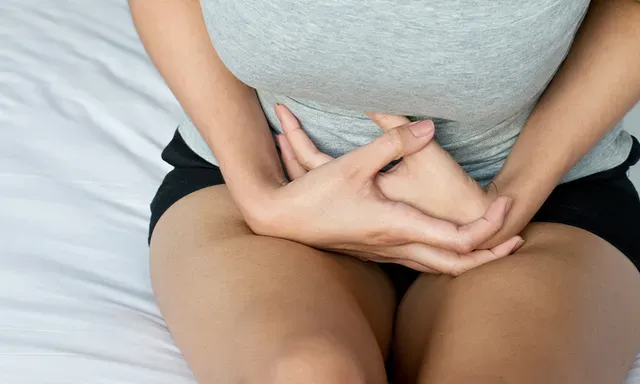Female Urinary Incontinence Specialist in Austin, TX

Female Urinary Incontinence OBGYN in Austin, TX
Incontinence, or involuntary loss of bladder control, can be an embarrassing and inconvenient experience. For women in Austin, Texas, who are concerned about incontinence, help is available from the providers at Women’s Health Domain, located near the Domain shopping center in North Austin. Book a visit today to begin exploring treatment options. Online scheduling is available, or you can always call to find a time that fits your life.
Incontinence Q & A
What are the types of incontinence?
Incontinence is the medical term used to describe a loss of bladder control. There are several different types of incontinence.
Stress incontinence
This occurs when some action places pressure on your bladder, causing urine to leak. Something as simple as laughing, coughing, or lifting a heavy object can cause stress incontinence.
Urge incontinence
This type of incontinence is often caused by an underlying medical condition. You might experience a sudden, intense urge to urinate, followed by an involuntary loss of urine.
Functional incontinence
This occurs when a medical condition or physical limitation prevents you from making it to the bathroom in time.
Overflow incontinence
This type of incontinence occurs when your bladder doesn’t fully empty during urination, and additional urine dribbles out between bathroom visits.
If you experience involuntary loss of bladder control, schedule a diagnostic work-up as soon as possible to explore treatment options.
What causes incontinence?
Numerous things can cause or contribute to incontinence. Pregnancy and childbirth are common causes, as the positioning of pelvic organs can change as a result. Having more than one child increases your risk of incontinence.
Additional factors that can cause urinary incontinence include:
- Menopause
- Neurological disorders
- Urinary tract infection
- Certain blood pressure or heart medications
- Consuming alcohol or caffeine
Determining the type of incontinence you’re experiencing is the first step in crafting a treatment plan.
Are there treatments that can help improve bladder control?
There are many ways to treat incontinence, and the right path for you depends on the type of incontinence you’re experiencing as well as your overall health and lifestyle. Medications can play a role in addressing the problem and work to control bladder spasms.
There are also devices you can place inside your vagina to alter the positioning of your bladder. Some women can improve bladder control through specific exercises to strengthen their pelvic floor muscles or by using the restroom on a schedule to gradually increase the time between bathroom visits.
Surgery is an option in cases where your bladder has shifted out of normal positioning. Some procedures use minimally invasive techniques to insert an implanted sling device.
When you’re ready to learn more, call the office to book a visit or spend a few moments on the online scheduling page.
Featured Services
Bilateral Salpingectomy
Bilateral Salpingectomy
MonaLisa Touch
